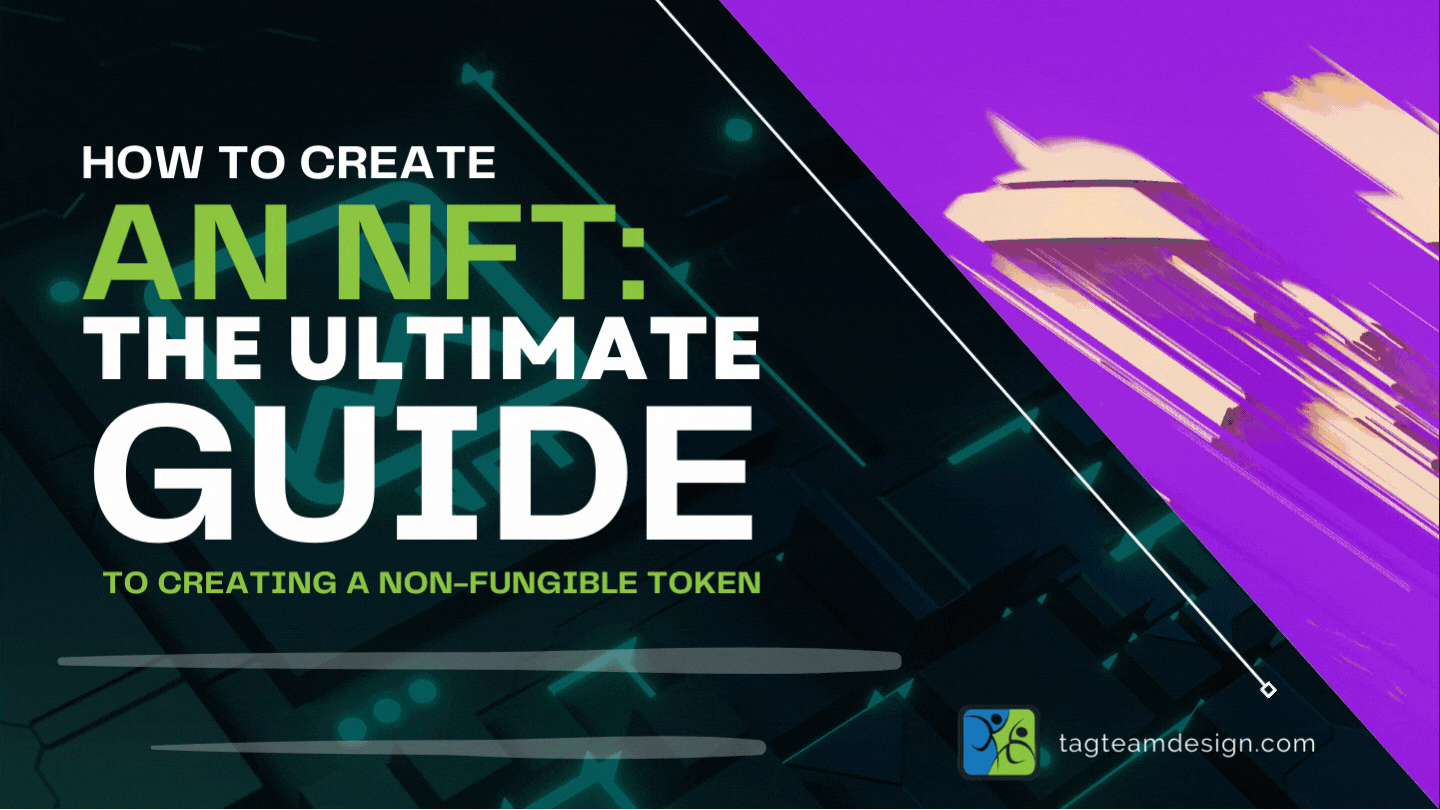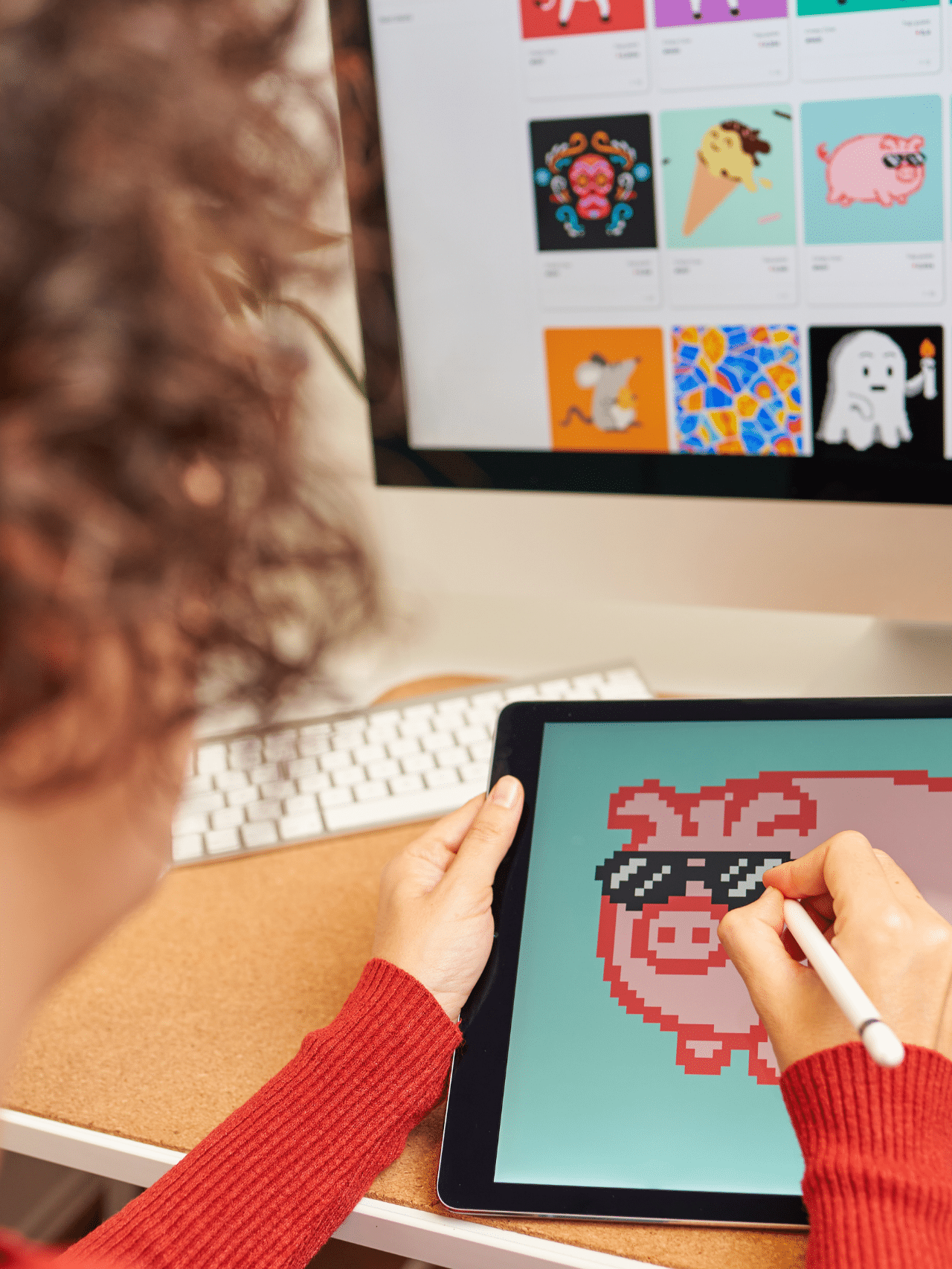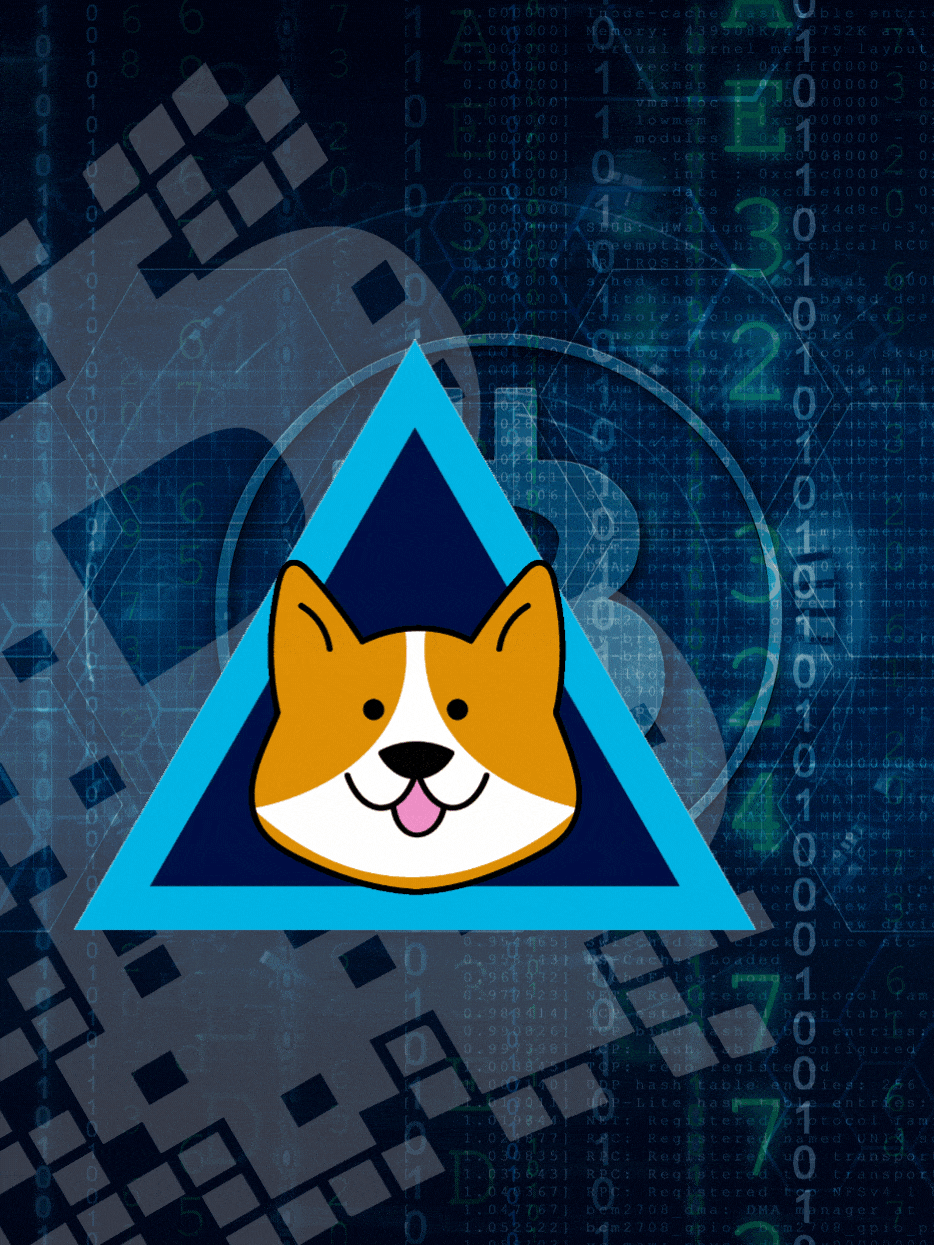
In March 2021, a collage entitled “The First 5000 Days” sold for $69 million. The art sale is special not only because of the amount of money involved but also because the collage is digital and sold as a non-fungible token.
You can’t hold these tokens in your hand like a painting or a sculpture. They are uniquely digital, one-of-a-kind pieces of art.
These relatively new assets, known as NFTs, have become profitable and popular, attracting attention from investors from across the globe who are eager to reap profits from their trade. They also have received attention from skeptics who question how long and how high the market for NFTs will rise.


What is an NFT?
Non-fungible tokens are made by adding data to a file that creates a unique signature for the asset. NFTs are digital assets that link ownership to unique physical or digital items, such as works of art, real estate, music, or videos. NFTs are securely recorded on a blockchain — the same technology behind cryptocurrencies that serves as a kind of ledger — that ensures the asset is one-of-a-kind. Blockchain technology can also make it difficult to manipulate or counterfeit NFTs.
An NFT can be a digital image file, a music file, a video file, a text file or even a physical item. NFTs gain their value because they are either unique or rare. NFTs are not fungible, which means they are not something that can be easily exchanged for some commonly accepted equivalent, such as cryptocurrencies.
Because they are digital, NFTs have a unique identifier for ownership, offering proof of authenticity and history of ownership. This also helps establish the value of an NFT. For example, if a painting by Rembrandt is clearly authenticated as an original, its value is greater than when there is doubt about its authenticity. Proving the painting’s “provenance,” or origin, can be difficult. But this is not true of identifying the authenticity of NFTs because of the digital trail of creation and ownership that exists from the blockchain.
NFTs also continue to generate value for creators, known as “minters.” When an NFT is sold, revenue from that and future sales can be funneled to the minter of that NFT, producing a stream of revenue after the initial sale for the creator that is similar to the concept of royalty payments paid to a songwriter.
How to make an NFT
Choose an NFT Marketplace
You will need an NFT marketplace to create a NFT. You can choose either a curated platform or a self-serve platform to join a peer-to-peer marketplace. The curated platform serves authorized creators to mint digital art tokens, typically catering to digital artists who create high-quality digital art tokens. The self-serve platforms are open to everyone and welcome the creation of NFTs in any format desired. These platforms also offer the creator more control over setting the percentage of royalty earned on each token and future sales.
Create a Digital Wallet
Next, you have to create a digital wallet to store cryptocurrencies and NFTs. Cryptocurrency, such as Ether, is required to create NFTs. You will need to purchase Ether, which is the crypto known as ETH that is native to the Ethereum blockchain, to pay the transaction cost associated with creation of the NFT prior to listing it for sale.

Create an NFT Gallery
The third step in creating an NFT is to create the collection, or gallery, where others will see the digital asset. On the platform, you will create the gallery, name it, write a description and provide a file image that will be displayed. This establishes a sort of store for you to display your digital assets after creating them.
Create an NFT
Depending on the platform used, you will now begin creating the NFT. Find on the platform how you create a new item and click on that. You will be given the option to upload metadata that can include visual file formats, audio file formats, and other types of formats, such as 3D files. Once you’ve uploaded the metadata, you can name your token. You have the option of minting one token without any copies made, which can increase its value. You also have the option of creating multiple copies of the token, creating what are known as edition tokens that are numbered to identify how limited they are.
After choosing the minting type, you can add properties and stats to the token that may be relevant to buyers, such as the date of creation or social links. When finished, you then save or hit “create” on the platform to add the NFT to the blockchain where it is now displayed. This step requires using ETH to pay required transaction fees, known as “gas” fees. The final step is choosing the payment tokens you will accept for the digital asset and the percentage of royalties paid to you for future sales of the asset.
List NFT for Sale
With the creation of the NFT, now you can list the asset for sale. The sale occurs either by a set price listing, an auction or a bundled sale, whichever you choose. You also establish the price for which you are selling the NFT. This step can also include a gas fee charged to list the digital asset for sale. Now is the time to promote your asset on social media and to promote the sale to potential buyers.

Why Blockchain Technology Matters
Put simply, a blockchain is like a ledger that allows anyone to see a list of transactions, an easily verifiable digital record of every trade of tokens. Cryptocurrencies and the blockchain technology used to power them make it possible to conduct financial transactions independent of banks or credit card companies. The blockchain technology helps transfer value online without a financial institution serving as a middleman.
Think of a blockchain as a series of links, with each containing information that contains transaction data. The top link shows what happened today, and subsequent links in the chain reveal previous transactions. At the bottom of the chain is the first link revealing the initial transaction. This chain is a complete history of transactions, and that is what gives the blockchain such a powerful security advantage. It is fully transparent, revealing the complete history of the digital asset. Any attempt to modify the transaction history breaks the link, revealing the attempted manipulation to the entire blockchain network.
Blockchain Technology: Beyond NFTs
The use of blockchain technology goes beyond NFTs and cryptocurrency. The technology is being used in other areas, such as medical research, health care records’ accuracy, and even streamlining supply chains. That’s because of the many advantages of blockchain technology.
Blockchains are global, and that means digital assets can be sent quickly and cheaply across the world. They protect privacy because transactions do not require personal information that could be hacked by criminals trying to steal your identity. They promote transparency, providing a credible record of every transaction related to the digital asset for all to see. They prevent fraud because any attempt to manipulate is easily identified and revealed openly. They are easy to use, accessible through software that is free and open to all who may want to review the code.
Blockchain technology can revolutionize how financial transactions occur online, and how the maintenance and transfer of all digital data can occur. The potential impact on investing, shopping, personal finance and other activities is huge, providing the ability to conduct business without the need for a bank, credit card company or payment processor to be involved. Not only can blockchain eliminate the need for those third parties, but it can greatly reduce the costs and complexities of the transactions.
Taking the Next Step
With a more complete understanding of NFTs, how they are created and sold, and how the technology behind them is emerging as a revolutionary shift in transactions, you can begin the process of exploring opportunities to pursue NFTs. There is a lot to learn about this new, decentralized technology, so it is best to take your time as you learn. But you will soon realize the only limits you face are the limits of your imagination.

